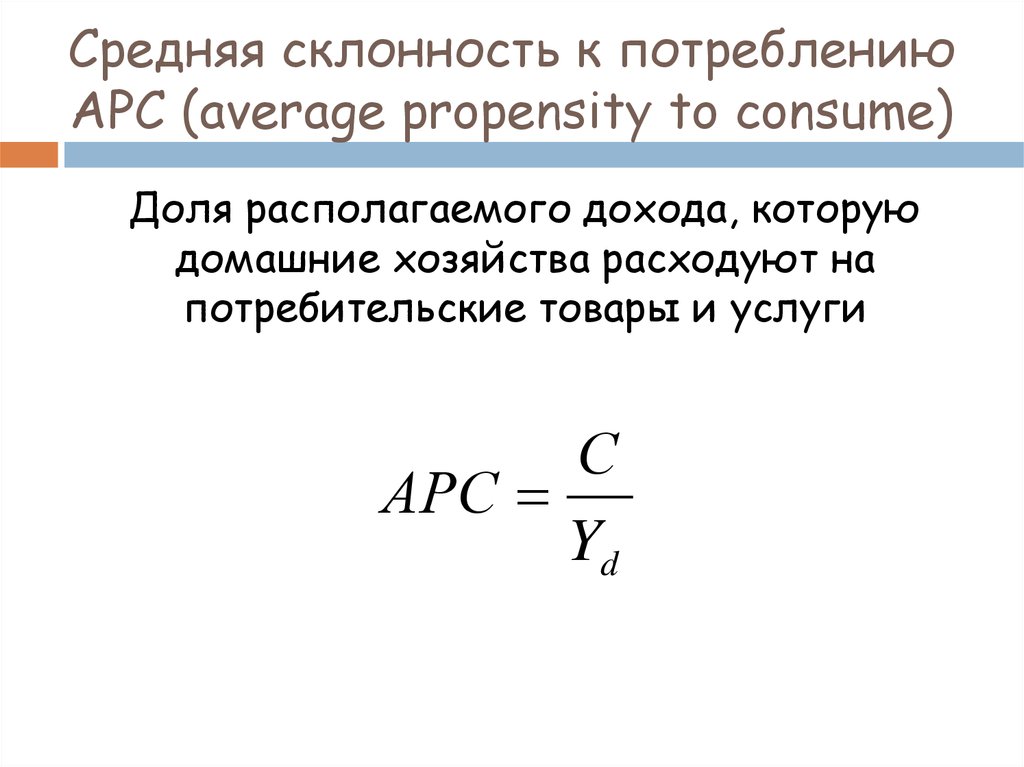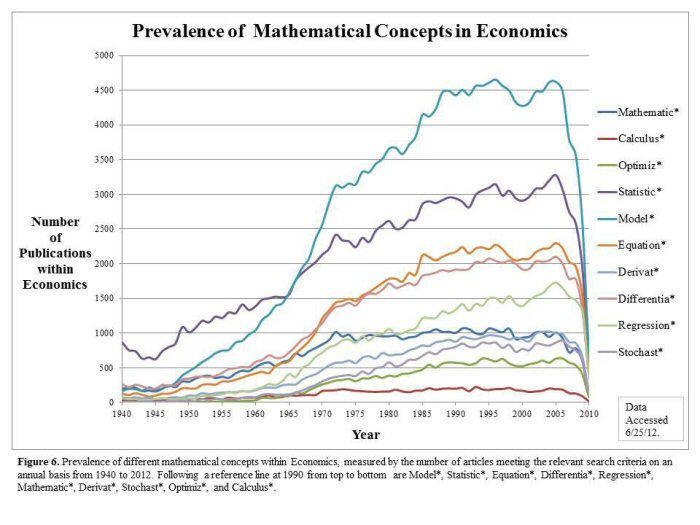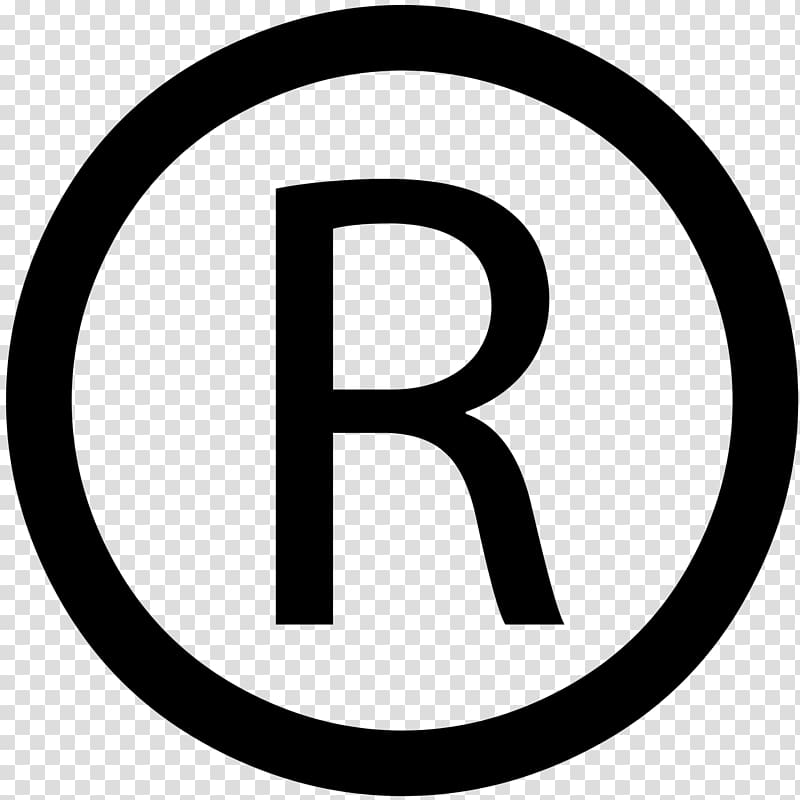
Instead, whether a good is a consumer good or an intermediate good depends upon how it’s used. If a good is used to produce a good for sale or to provide a service, then it’s an intermediate good. On the other hand, if a good is purchased for personal consumption, then it’s not an intermediate good.
The potatoes that were sold to the manufacturer were intermediate goods with a value of $15. The chips manufacturer then changes the nature of those potatoes and adds a value of $5 to bring the total value of those potatoes to $20 now. On the other hand, an example of an intermediate good used to produce another intermediate good is the journey of cocoa beans. Cocoa beans are grown by a farmer and sent to a cocoa butter manufacturer. The cocoa butter is now sent forward to a chocolate manufacturer and is used to create chocolates. Wheat may be an intermediate good, depending on how it is classified.
Intermediate Good – Definition and Examples
It gets hot but then eventually cools down again and retains the same shape and functionality it had before. On the other hand, finished goods are also called consumer goods. They do not need any further processing and are ready for sale. Finished goods can be sold to other businesses or directly to individual customers.
For example, Salt may be a finished product because customers consume it directly. It can also be considered an intermediate good because producers use it to make additional food items. Producers also exchange intermediate products between industries for use or resale in the production of other goods. Finally, intermediate goods can also be used to make secondary intermediate goods. An intermediate good is a product used to produce a final good or finished product—also referred to as a consumer good. Intermediate goods—like salt—can also be finished products, since it is consumed directly by consumers and used by producers to manufacture other food products.
Intermediate Goods and GDP
It is a clear indicator of economic productivity and is therefore calculated in the GDP of the nation. Intermediate goods are a set of goods used as resources for production operations. In other words, they are those raw materials that participate in the manufacturing process of a good.
They are transformed beyond recognition in the process or incorporated into the finished good as a component. Capital goods are the tools used in the production process — the factories, equipment and tools used to make the finished goods. Except for the few cases in which an intermediate good might also be a consumer good (depending on context), intermediate goods usually «disappear» into the final product.
- Finished goods can be sold to other businesses or directly to individual customers.
- Intermediate goods are items that we use to create another product.
- In the example of production boundary, wheat is the final product for the farmer and is an intermediate good for the miller.
- These goods play a crucial role in the production process and contribute significantly to the overall economy.
Steel is also combined with rubber to create a car’s brake lines. Intermediate goods are important to the production objectives of a business. They also boost examples of intermediate goods associations with other complementary industries as intermediate goods are generally resold between industries to be used in their respective processes.
Services as an Intermediate Good
(c) Only the final goods and services are included and incorporated in the estimation of the gross domestic product. This is just to avoid the double-counting problems that an economy can witness. Double counting refers to the situation when the value of an item is used twice for calculating the gross domestic product. Only final goods are used because the value of all the intermediate goods used in the formation of the final good is already used in the value of the final good. Intermediate goods, capital goods, and consumer goods make up the three main types of goods in economics.
In business accounting, on the other hand, intermediate goods are factored into a company’s cost of goods sold (COGS) calculations. COGS includes all the direct costs of the inputs needed to produce a finished good. When calculating the gross domestic product (GDP), economists do not include intermediary products. The market worth of all finished products and services generated in the economy is gauged by GDP. These items would be tallied twice, thus they are not included in the computation.

But while intermediate goods are the ingredients of that final product, capital goods are the tools needed to “mix” them. GDP, the blueberries that it sold to the public will be included in the GDP calculation, while the blueberries sold to the grocery stores and the jam factory will not be. An intermediate good refers to partially finished goods that are then used as an input ton the production of other goods that become final goods. Intermediate goods are an integral part of the production process, and as such, they are also known as producer goods. When used in the production process, the intermediate good will be transformed into another product either another intermediate good or a final good sold to the end user. Economists do not factor intermediate goods when they calculate gross domestic product (GDP).
What Are Intermediate Goods and Services?
No, intermediate goods and capital goods are distinct categories; the latter refers to durable assets used in production processes. Energy inputs, such as electricity, fuel, and natural gas, are critical intermediate resources utilized in almost all production processes. Capital goods, also known as producer goods, are durable assets used by businesses to produce other goods and services. Alongside tangible goods, intermediary services also play a significant role in the production process. These services include activities such as logistics, warehousing, transportation, and maintenance, which facilitate the smooth flow of goods and enhance the efficiency of production.

It should also be noted that services can also be considered intermediate goods. For example, in a photography business, the service provided developing photographs is considered the intermediate good, while the photographs themselves are considered the final good. As such, miscalculations of GDP as a result of including intermediate goods would lead to gross overestimate of GDP.
This way, you can prioritize securing certain supply chains and ensure your business never faces a supply chain disaster. It is sometimes important to classify the products into finished and intermediate goods. For doing so, one must check the intended use or purpose of the product. If the product is going to serve a certain function or purpose, it may be classified as intermediate while if it is a final product itself, it may be kept out of the intermediate category.
- Capital goods refers to a different kind of well used in the production process.
- To understand the difference between intermediate goods and final goods, it is essential to know the concept of production boundary.
- Had we counted both $15 and $20, it would not show the true picture of the actual economic activity that took place.
- Equipment is considered a capital good, not an intermediate good.
Intermediary services include logistics, warehousing, and transportation, supporting the smooth flow of goods in the production chain. No, intermediate goods are not included in the national income as they are already accounted for in the value of final goods and services. Packaging materials represent an essential category of intermediate goods that safeguard and preserve final products during transportation and storage. A good is said to be intermediate both when it is used within the production chain of another good and when it requires a certain degree of modification.
Salt can be used to cook many foods where it serves as an intermediate good while when it is consumed directly it is a finished product. Companies may alter, merge or modify materials before producing and then selling a finished product to a client or customer. Intermediate goods examples might be, for instance, the ingredients used in producing food products, like the baker’s salt that makes the bread he sells to customers.
Steel, for example, is used in constructing homes and cars, building bridges, and making home appliances, among many other things. Considering that intermediate goods are such a vital part of the inventory management cycle, it’s good to understand these items and how they differ from other goods. We also call intermediate goods producer goods or semi-finished goods. Goods in this category are under process, such as partly-finished goods. Commerce Mates is a free resource site that presents a collection of accounting, banking, business management, economics, finance, human resource, investment, marketing, and others. Intermediate goods are not included in the final calculation of Gross Domestic Product (GDP).
National income is the total value that is calculated keeping into consideration all the final goods and services of the economy within a year only. It is measured for all the goods within the domestic boundaries of the economy only and has nothing to do with the goods produced in the other countries. An intermediate good is simply a good that is used by a business to produce consumer goods or provide services to consumers.
You can apply the same philosophy to your small business and its trading partners. Small business owners that import their intermediate goods can focus on producing finished goods. On the other hand, some small business owners mostly produce intermediate goods. They make most of their profits by selling goods to other businesses. Regardless, all intermediate goods either end up as components in final products or are consumed themselves. One way intermediate goods are included when calculating GDP is when they are part of the inventory.
Keynote Address by IMF African Department Director Abebe Aemro … – International Monetary Fund
Keynote Address by IMF African Department Director Abebe Aemro ….
Posted: Thu, 03 Aug 2023 17:33:40 GMT [source]
Also, the value of 8 tonnes of wood will be included in National Income. Usually durable goods are considered final goods, but the durable goods purchased by the Government for the military, such as vehicles, aircraft, trucks, etc., are considered intermediate goods. It is because these goods help in producing defense services and are not for sale in the market. The above diagram shows three production units, i.e., Farmer, Miller, and Baker. The thick border around these units is the production boundary, which means that within this limit, wheat and flour are the intermediate goods.